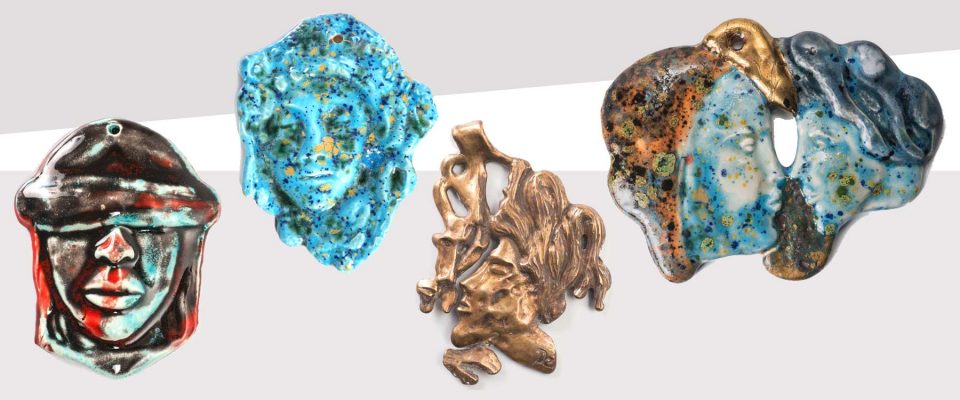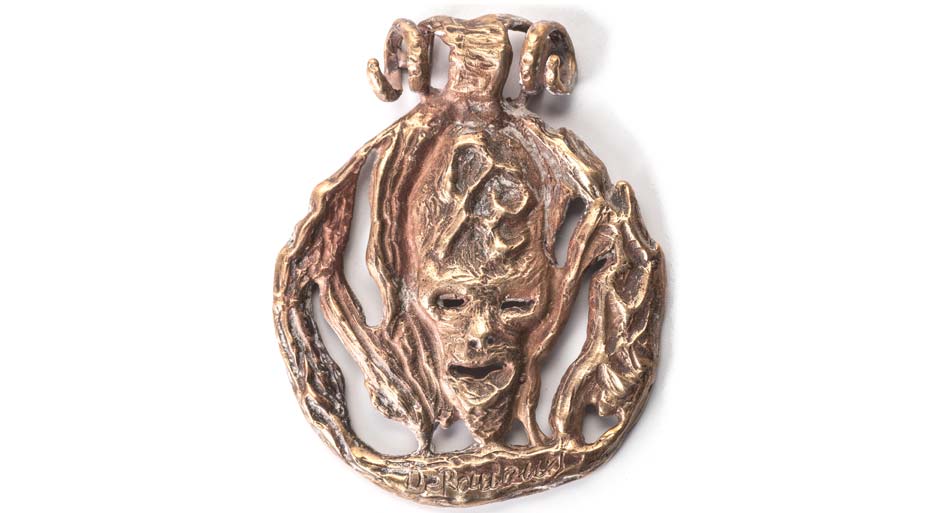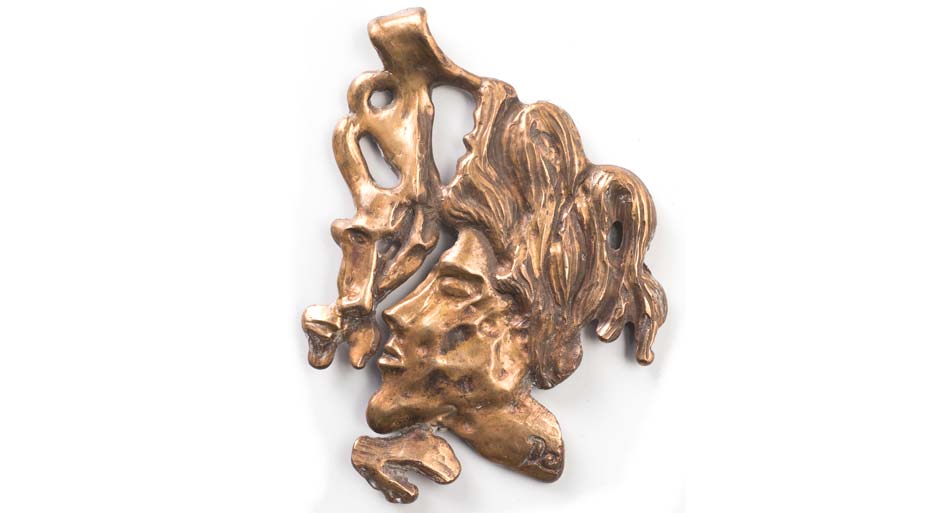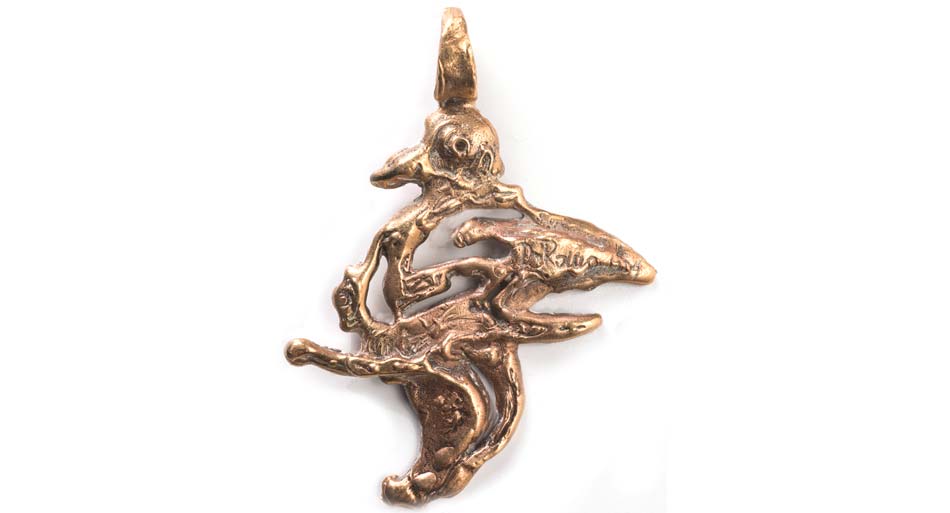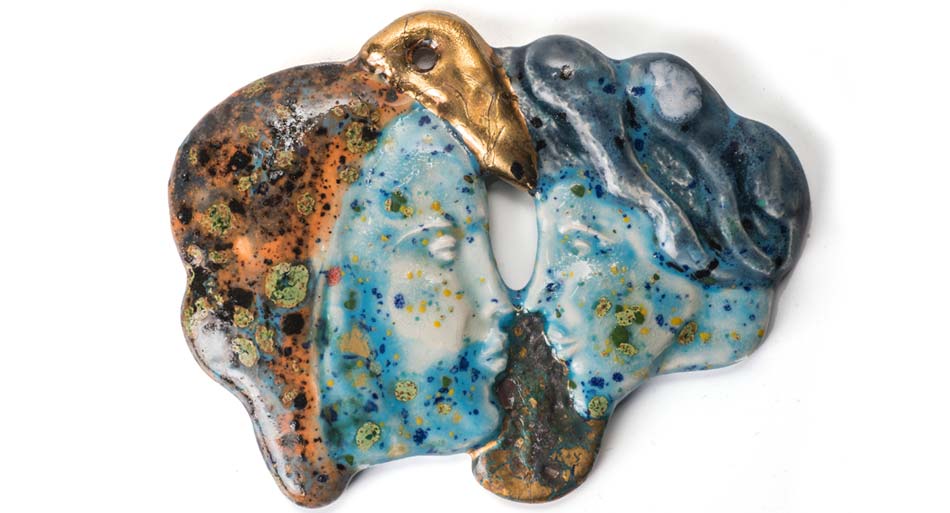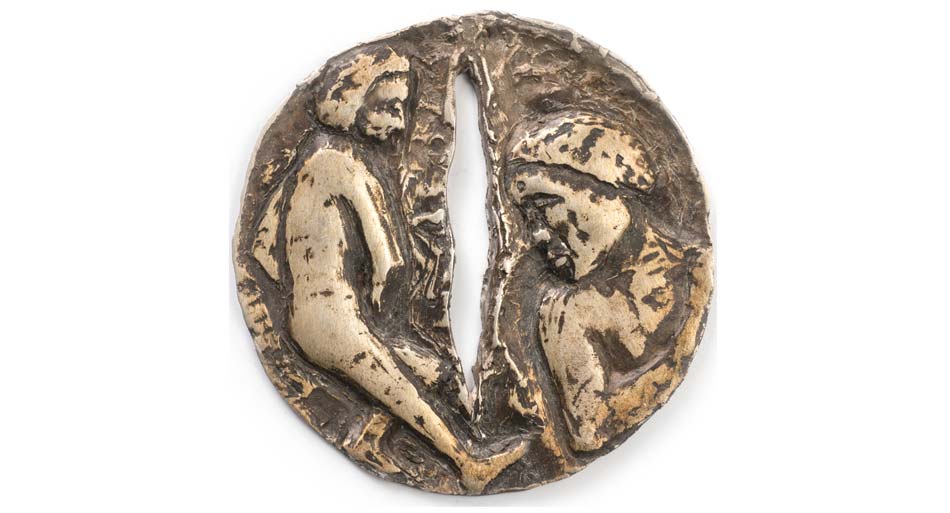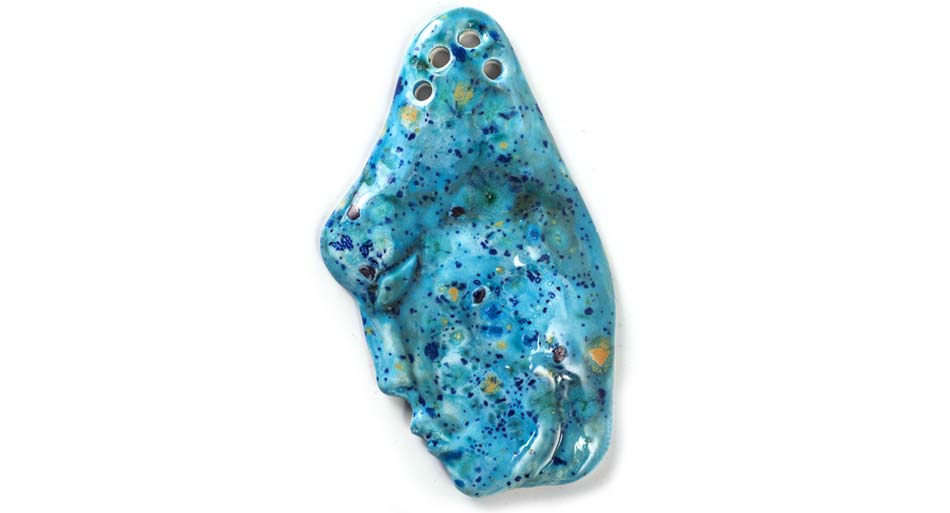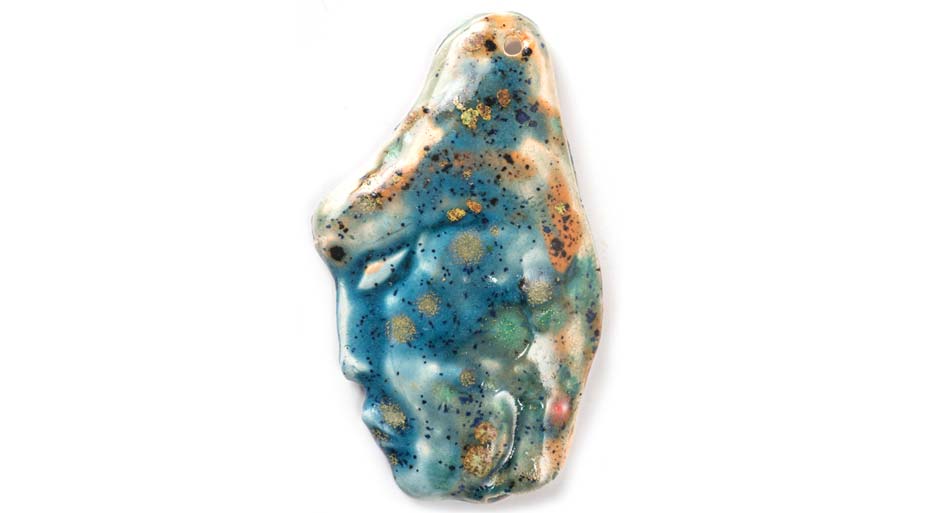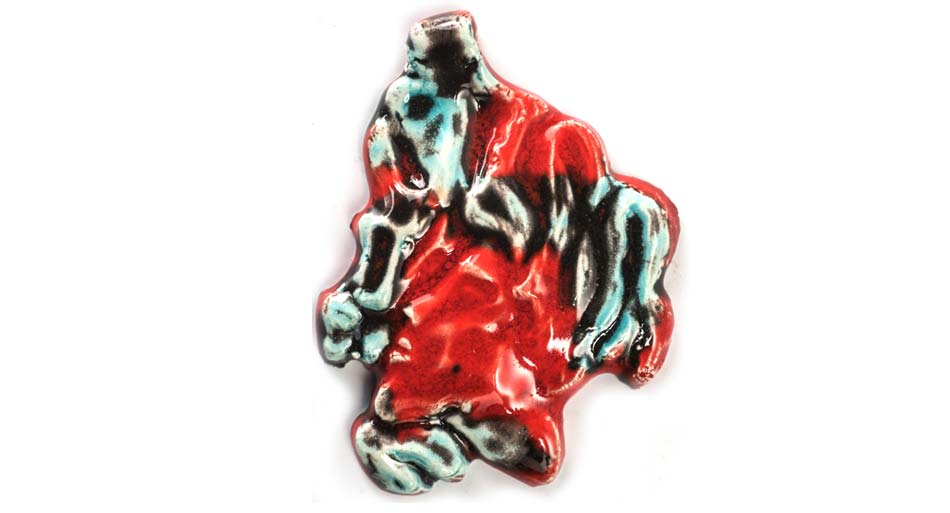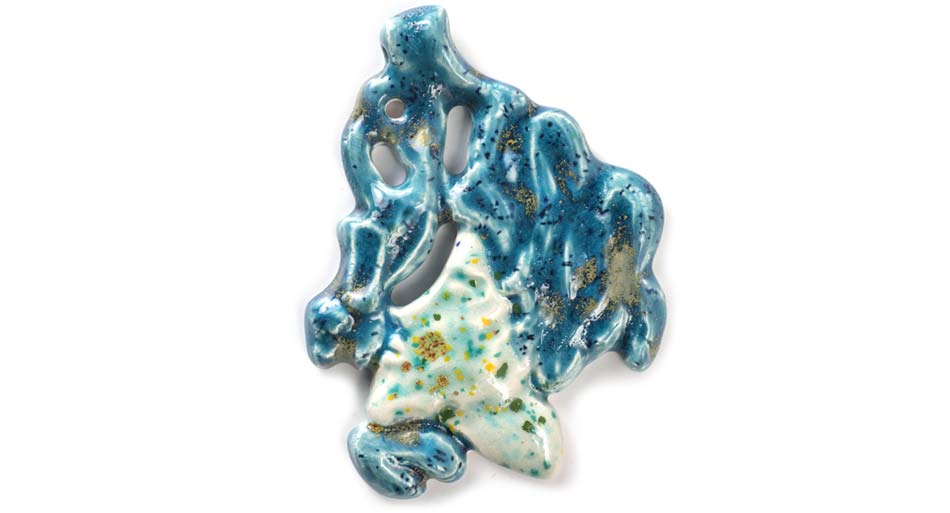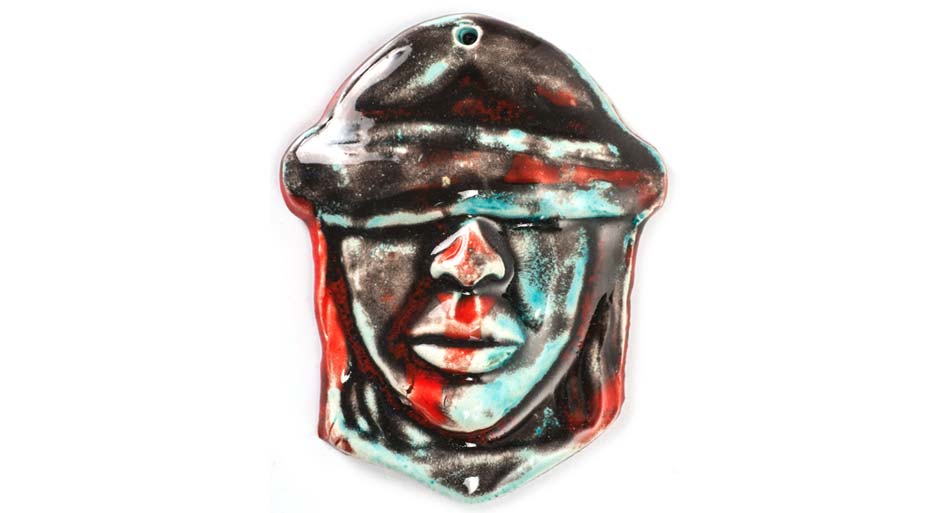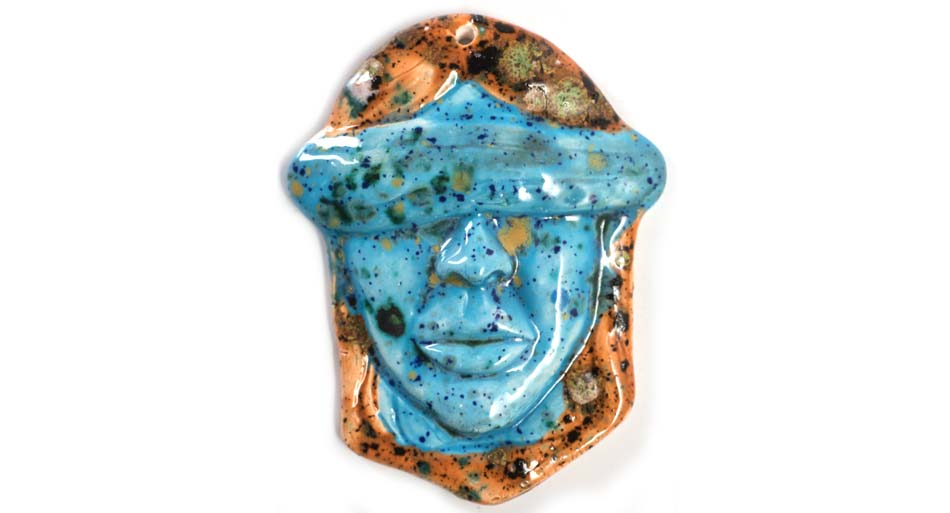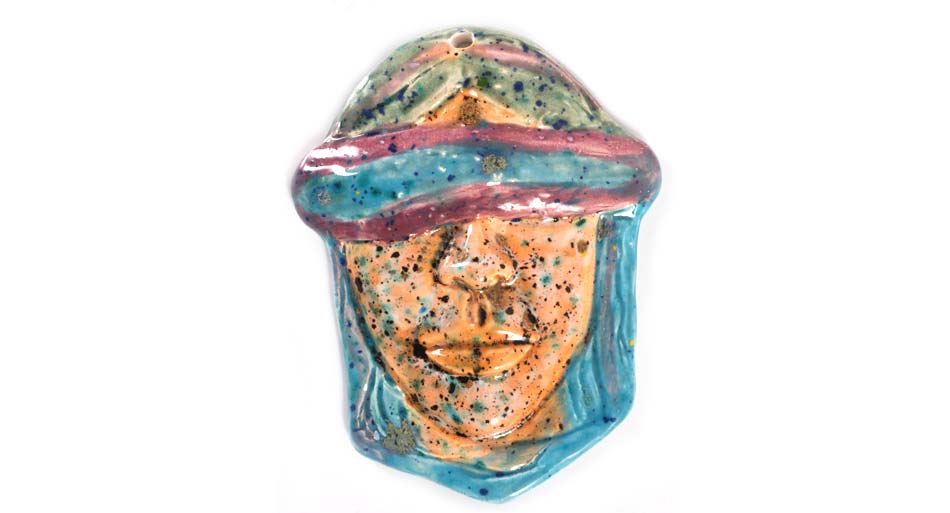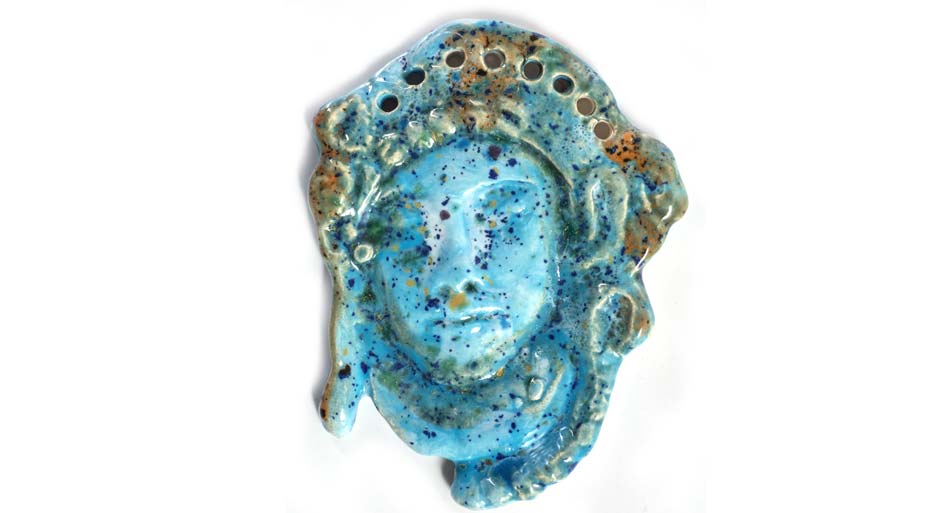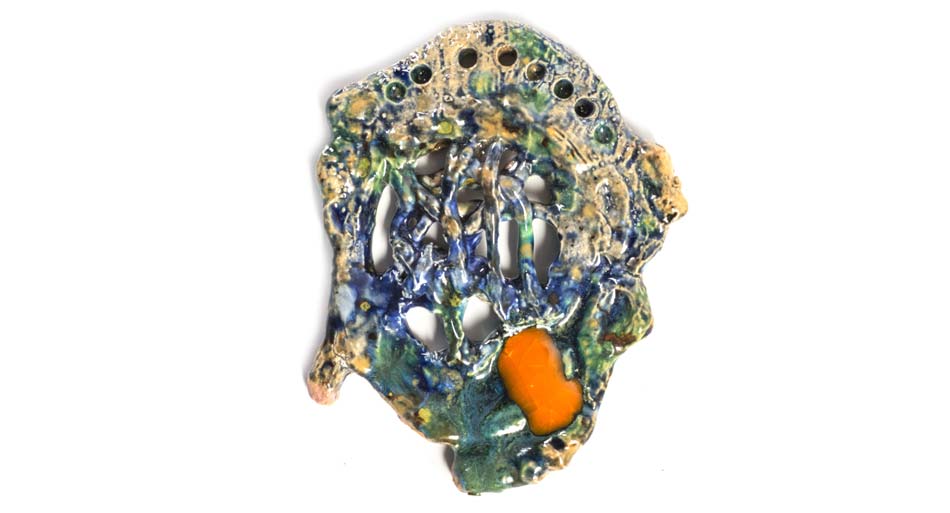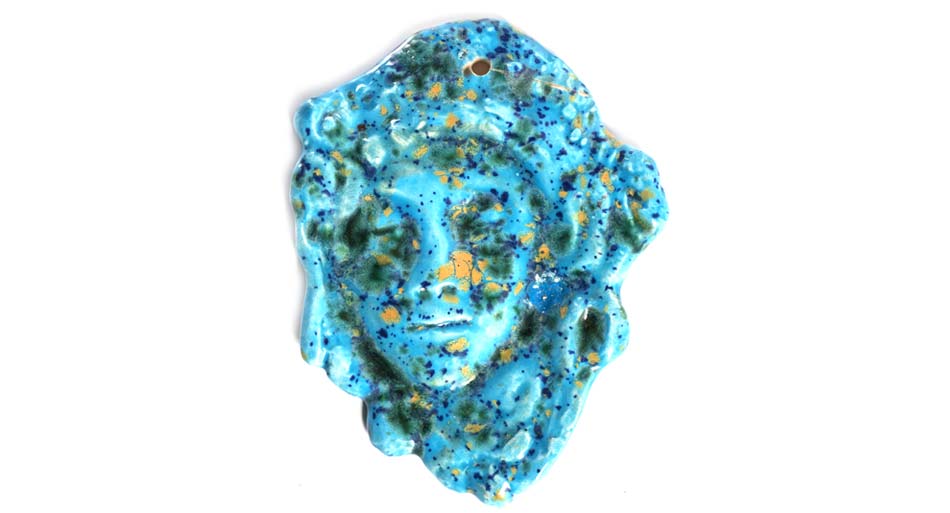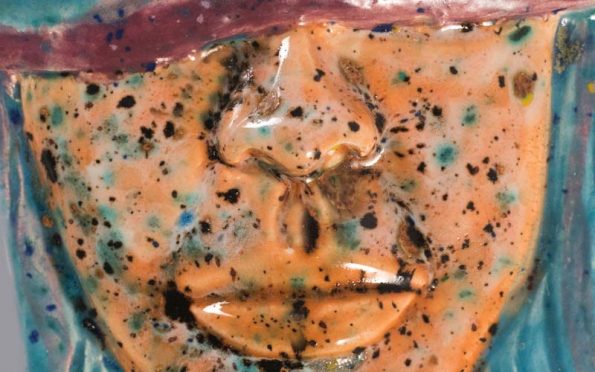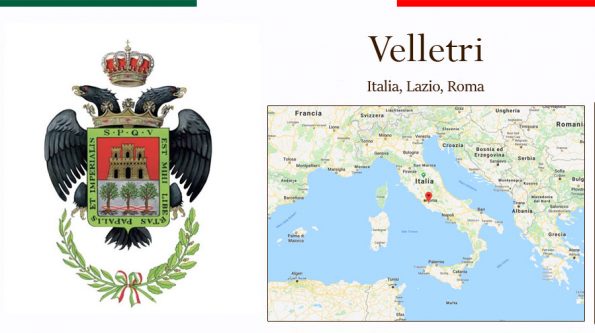In the atelier of artist Agostino De Romanis, we discover absolutely extraordinary jewellery. Real and pure 'versions' of his works on canvas, in honour of women. A hymn to beauty, mystery, joy and all the emotions of life. Unique and unrepeatable pieces, small sculptures to wear that certainly do not go unnoticed.
The artist Agostino De Romanis was born in Velletri (Rome). He is an exponent of Pittura Colta, a post-modernist movement founded by the critic Italo Mussa in the 1980s, which has been able to bring fairy-tale images and legendary places with incredibly unique colours to the world.
A long history starting in the 1970s, first as a set designer and then as a painter, encompasses the search for the deepest freedom, the freedom of the soul. Initially his works had dark, grey and black tones that were intended to convey the feeling of those years, among the works of that time the representation of the Jerusalem Delivered by Torquato Tasso, summed up in 20 wonderful and disturbing paintings.
Then a first trip to Indonesia transformed his feeling, his art became an infinite palette of vivid colours, an expression of life, joy, lightness, until he reached transparencies and plays of colour that were truly extraordinary. A path that has made critics and the world's powerful fall in love, dazzled by those mystical greens of nature and iridescent colours of the sky and sea that sometimes become light almost transparent in their essence, floating. Fantasies that evolve and then intertwine between representations of "air, water, earth, fire", the symbolism of numbers, escape routes, the Sacred, the encounter with the East, resulting in an evolution even of techniques without comparison, the result of research, tests and unpublished experiments.
Vittorio Sgarbi writes in 2005 'In essence, immersion in the Orient is also a technical choice for De Romanis, it is an attempt to appropriate sensitivity in the relationship with things and also materials that are typical of the Orient: the lacquers of these surfaces so dense with colour. This is perhaps the most interesting aspect of De Romanis' research at this stage, a research in which technique serves the spirit".
The constant backdrop is love, love in the broadest sense, from femininity to nature, to the absolute love of a God who resides in the soul of man but is often unable to find. The art of Agostino De Romanis is told in one word: emotion

